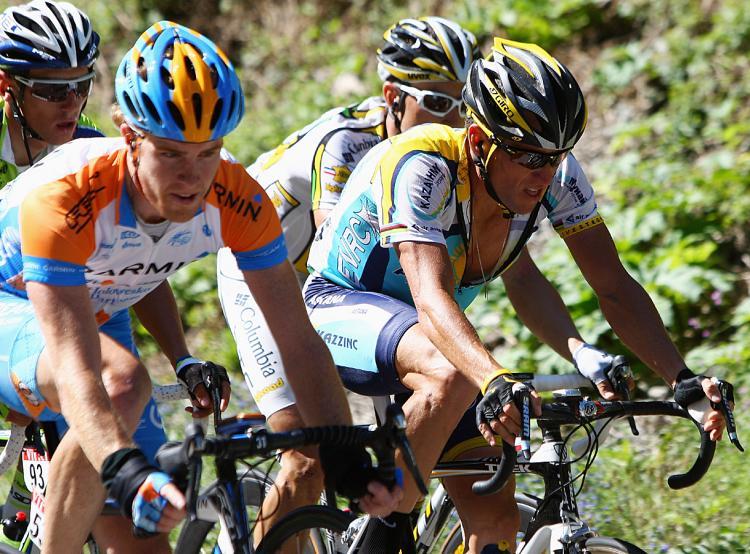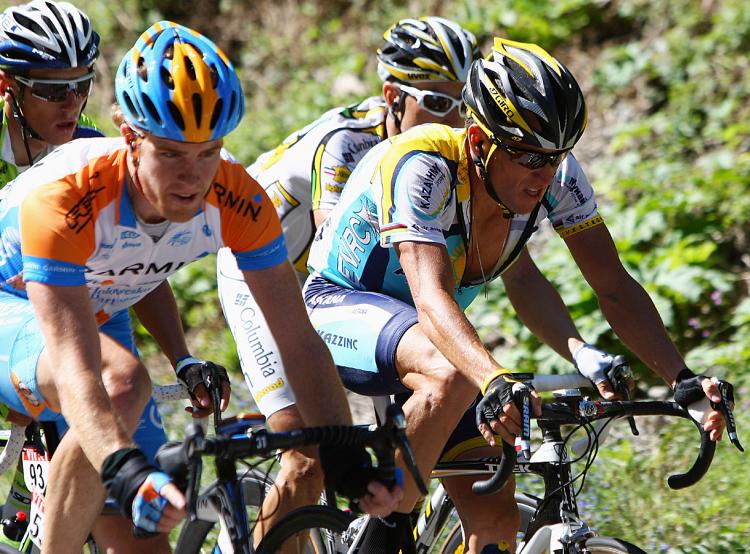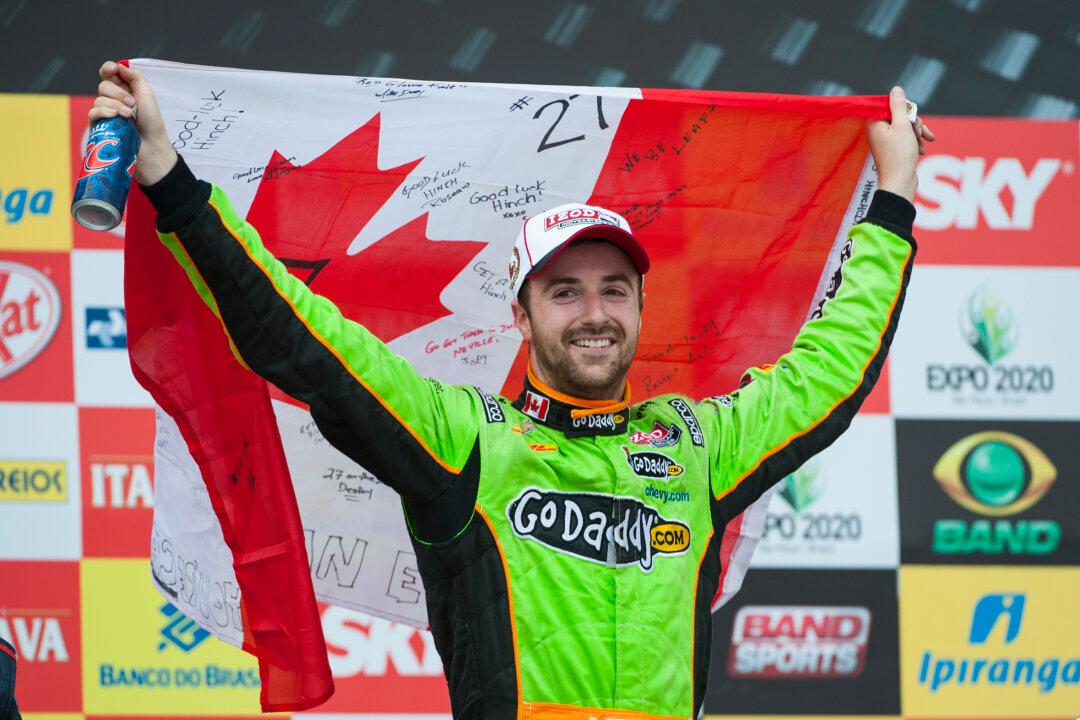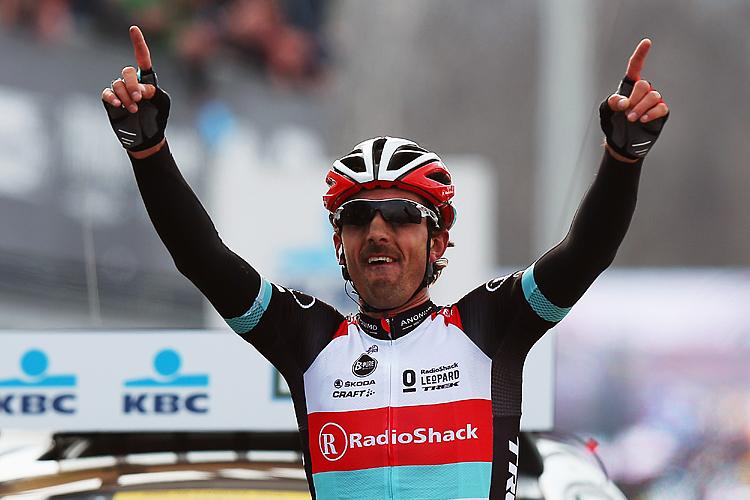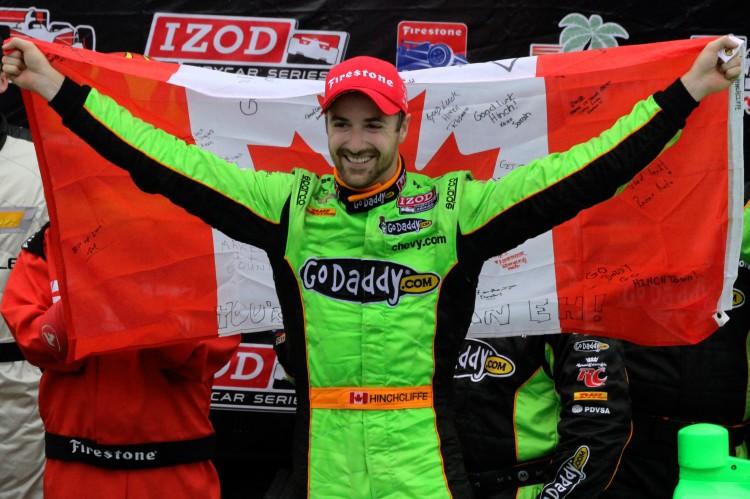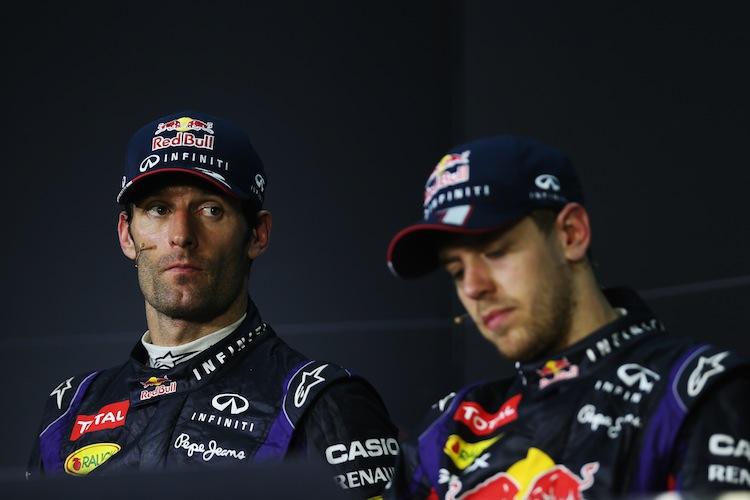The first two weeks of the Tour were designed to deliver the largest possible group of riders into the third week.
The remaining stages of the Tour are designed to inflict maximum punishment on the remaining riders.
Monday, July 20, will be another rest day, and then the Tour hits the French Alps
Stage Sixteen, Martigny to Bourg-Saint-Maurice, is composed of two tremendous climbs, the Hors Categorie Col du Grand-Saint-Bernard and the Category One Col du Petit-Saint-Bernard. While not terribly steep at five and six percent, both climbs are over 20 km long. To riders struggling to catch attacks, these climbs will seem endless.
Stage Seventeen offers four Cat. One climbs and a Cat. Two; even the Cat. Two is a seven percent incline. The final two climbs are 8.54 and 8.9. This stage tells the riders, “Yes, it does keep getting worse.”
Stage Eighteen is a hard, forty km individual time trial, with a Cat. Three climb in the final third. Riders trying to make up time lost in the mountains will have to drive their tired legs flat out, uphill. The climb is not long or steep. It is just enough to drain the legs and kill the speed over the final few kilometers. The time trial specialists will not have much advantage here.
Stage Nineteen, Bourgoin to Jallieu, finishes with a Category Two climb—14 km long but not very steep— and a fast descent. Daring riders will have a chance at a stage win here, if they have anything left in their legs after the beatings the Alps and the time trial dished out.
After all that, comes the hardest stage in the Tour. Montélimar to Mont Ventoux features three categorized climbs, ending with a mountaintop finish on the Hors Categorie Mont Ventoux. This is brutal 21 km climb ramps up to a ten percent incline in the final kilometer. If a rider cracks here, he could lose a huge amount of time. If the race for the General Classification is close coming into Stage Twenty, this climb will settle it.
Any one of these stages would be enough to break most riders. Piling them one atop the other seems unnecessarily cruel. It is certain, whoever wears the yellow jersey after Stage Twenty will have earned it.
The final stage is considered almost a formality. Whoever is leading coming into Paris is allowed to ride a relaxed pace; no one attacks the yellow jersey in the final stage. However, the green jersey competition will be hotly contested here. All the best sprinters want to win on the Champs Elysee in front of all of Paris and before the eyes of cycling fans all over the world. Tyler Farrar, Mark Cavendish, and Thor Hushovd will be fighting for the final win, with everything they have.
The 2009 Tour de France packs all of the hardest stages of any Tour, all into the final week. This is Tour not to be won, but to be survived.

